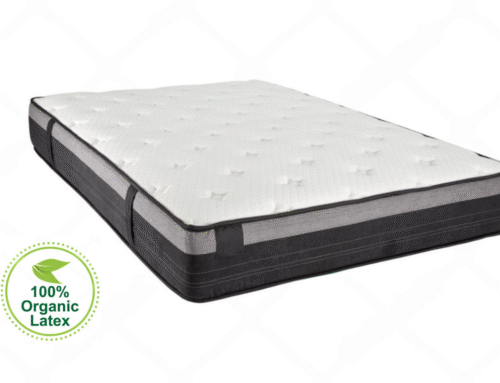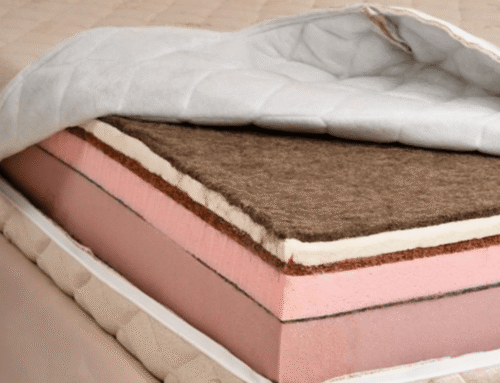An organic latex mattress is made with natural materials instead of chemicals or plastics. It combines certified organic latex, cotton, and wool to create a cleaner bed. Many people realize their old mattresses cause stuffy noses, itchy skin, or sweaty nights, and this is where organic options come in.
Unlike typical mattresses, these are built without flame-retardant sprays, toxic glues, or synthetic foams. Every part is processed under strict organic standards to keep it safe and breathable. The result is a bed that feels comfortable and avoids many of the issues caused by chemical-based designs. Understanding buying an organic mattress, where to buy it, how much it is, and the best organic mattress adds more clarity to what is an organic mattress.
Beyond personal health, organic latex mattresses are better for the environment. They support sustainable farming and reduce chemical waste during production. In the next section, we’ll explore what real sleepers share about their comfort, durability, and overall experience.
Key Takeaways
- An organic mattress uses natural materials like latex, cotton, and wool. These are certified to be free from harsh chemicals and synthetic foams, giving you a cleaner and safer surface to sleep on.
- People with allergies or sensitive skin usually sleep better on organic beds. The natural materials help prevent dust mites, mold, and allergens from building up, which can reduce sneezing or breathing issues while you rest.
- When buying one, check for labels like GOLS for organic latex, GOTS for organic textiles, and GREENGUARD for low chemical emissions. These certifications show that the mattress is truly non-toxic and made from quality organic materials.
- Organic latex mattresses can cost more upfront, but they’re built to last. With proper care, they can stay in good shape for 15 to 20 years, making them a solid long-term investment for your sleep and health.
- Choosing this type of mattress also helps the planet. It supports eco-friendly farming, cuts down on chemical waste, and creates products that naturally break down over time without harming the environment.
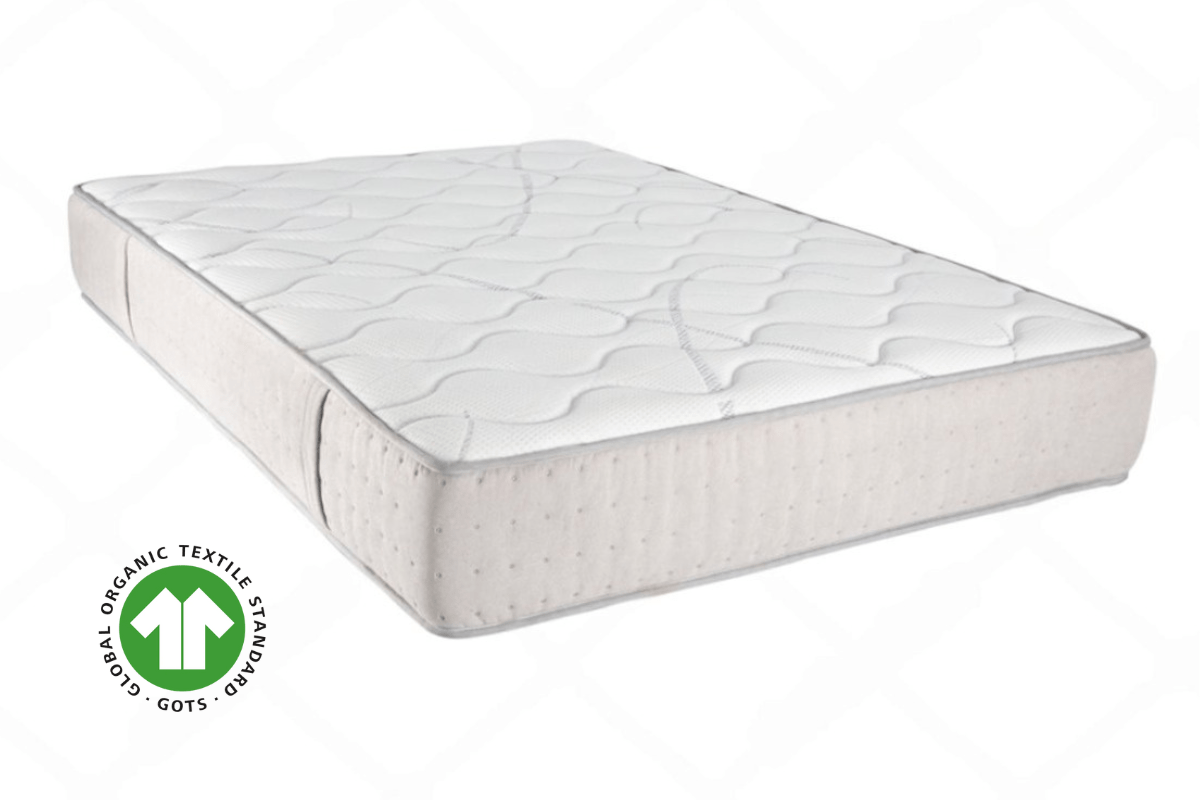
What Is Organic Latex Mattress?
An organic latex mattress is made from natural latex taken from rubber trees. The process avoids harsh chemicals, glues, and flame retardants. This gives sleepers a clean and safe surface to rest on. Most organic latex mattresses also use organic cotton covers or wool layers. The latex inside is shaped using either the Dunlop or Talalay method. A GOLS label means the mattress has at least 95% certified organic latex.
People choose organic latex for comfort and health. It provides steady support, allows airflow, and lasts for years. This makes it a strong option for anyone who wants a natural sleep setup.
What Is Organic Mattress?
An organic mattress is made with certified organic materials such as cotton, wool, or latex. These materials follow strict standards like GOTS and GOLS to make sure they are safe and natural. The goal is to provide a mattress free from harmful chemicals. The organic label does not only mean natural fabrics were used. It also means the mattress was created without pesticides, flame retardants, or toxic compounds. This makes it a safer option for people who want a cleaner sleeping environment.
When a mattress carries a Certified Organic label, it has passed independent testing. This testing checks if the materials and process truly meet organic standards. Buyers can trust that what they are sleeping on is verified and safe. This understanding also explains what makes a mattress organic and why the importance of an organic mattress becomes clearer when looking at specific options such as organic latex mattress and the concern of organic mattresses off gas.
Organic Mattress Benefits
- Healthier sleep: These mattresses don’t contain the strong chemicals found in many synthetic beds, so you’re less likely to deal with irritation or strange smells while you rest.
- Eco-friendly: The materials are gathered and produced in ways that support sustainable practices, which is better for the planet long-term.
- Naturally breathable: Latex allows airflow through the mattress, helping your body stay cooler through the night.
- Durability: A well-made latex mattress can hold up for 15–20 years, giving it a longer life compared to most standard mattresses.
- Hypoallergenic: They resist dust mites, mold, and bacteria, which helps keep the sleeping space clean and safe.
- Comfort: The surface adapts to your body, offering steady support while keeping your spine aligned.
Unlike synthetic options, an organic mattress doesn’t trap heat or carry that “new bed” chemical smell. Many people say their sleep feels better within just a few nights of using one.

Natural Latex Vs Organic Latex
Do organic mattresses make a difference? Natural latex comes from the sap of rubber trees, but it isn’t always grown under strict standards. Some batches may include fillers, or the trees might be treated with pesticides. This means it can be natural without being fully organic. Organic latex is held to tougher rules. It carries GOLS certification, which tracks the process from the way the trees are grown to the finished product. No synthetic fertilizers or blended materials are allowed.
Key points are simple to compare:
- Both natural and organic latex come from rubber trees.
- Natural latex isn’t always grown organically, while organic latex always is.
- Organic latex requires GOLS certification, natural latex does not.
- Natural latex usually costs less, while organic latex is a bit higher in price.
And for anyone who values purity and safety, certified organic latex is the better choice.
Non-Toxic Mattresses
A non-toxic mattress means it is free from harmful substances. These include things like formaldehyde, flame-retardant chemicals, VOCs, and heavy metals or phthalates. Choosing a bed without these can lower exposure to unsafe materials. Organic latex mattresses are one of the cleanest options available. They use certified materials that keep the sleeping space healthier. This is especially important for children, people with allergies, or those sensitive to chemicals.
A safe mattress helps create a better home environment. It reduces worry about breathing in or sleeping on harsh substances. For families who want a healthier choice, a non-toxic mattress can be a practical step.
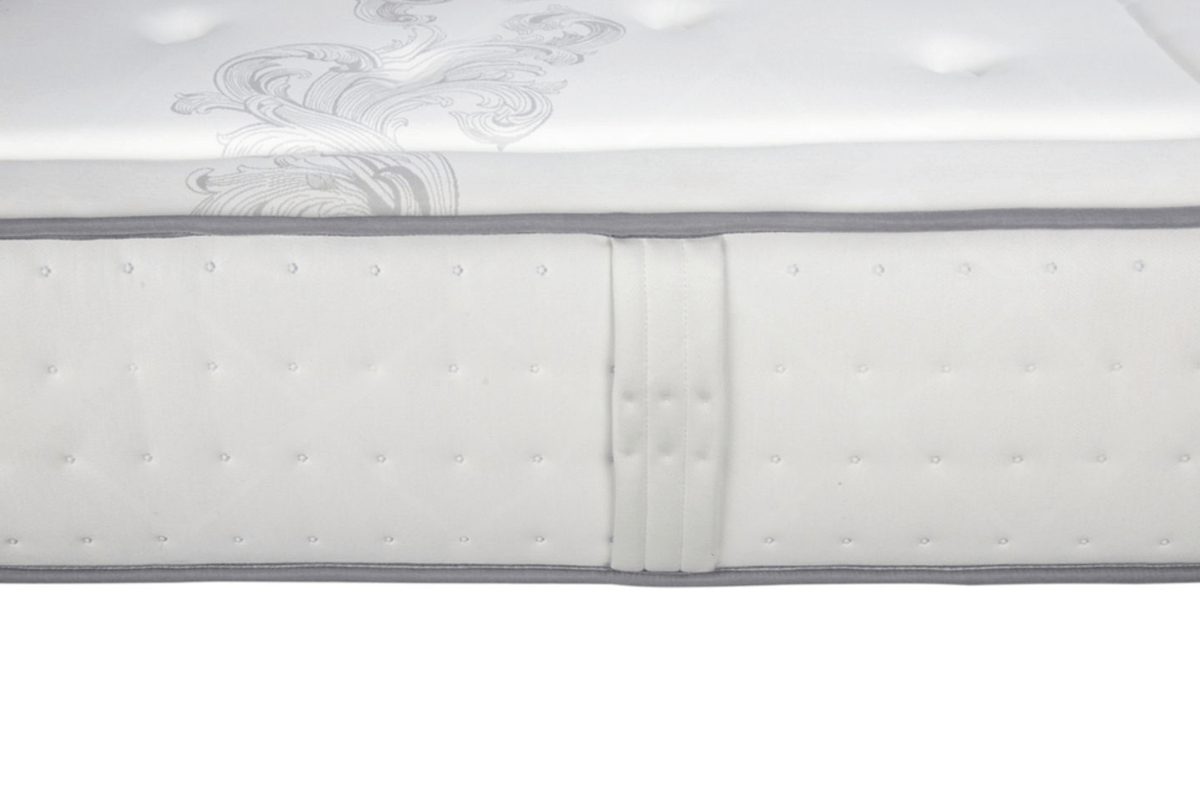
GOLS Certified Latex
GOLS stands for Global Organic Latex Standard. When latex carries this certification, it means the material comes from trees grown organically. At least 95% of the latex is organic, and the processing takes place in safe and clean conditions. The certification also ensures that the supply chain is clear from start to finish. From the farm to the final mattress, everything is checked and tracked. This makes it easy to know where the latex came from and how it was handled.
This matters because many mattresses that claim to be “natural” may still include synthetic fillers. With GOLS-certified latex, people know they are getting real organic material without hidden additives. It gives clear proof instead of empty labels.
GOTS Certified Cotton
GOTS stands for Global Organic Textile Standard. It is known worldwide as a trusted certification for organic cotton used in mattresses. This standard ensures that the cotton is grown and processed in a way that avoids harmful chemicals. Cotton with a GOTS label comes from farms that do not use pesticides. It is not bleached or treated with dyes that release toxins. The certification also checks that workers are treated fairly during farming and production.
Many mattress brands use GOTS-certified cotton for their covers. This material feels soft against the skin and allows better airflow than synthetic fabrics. It also provides a clean, chemical-free surface for sleeping.
Chemical-Free Mattress
Many people hear the term “chemical-free mattress” and assume it means no chemicals at all. That’s not true. Every mattress has some level of processing, but organic latex mattresses use fewer synthetic materials than most. These mattresses skip the flame-retardant sprays and harsh glues. Instead, they rely on organic wool for fire resistance, water-based adhesives, or designs that don’t use glue at all. The covers are usually made with unbleached organic cotton.
For anyone avoiding synthetic foams or hidden ingredients, this type of mattress is a solid option. It keeps materials simple and natural while still meeting safety standards. That balance is what attracts people to them.
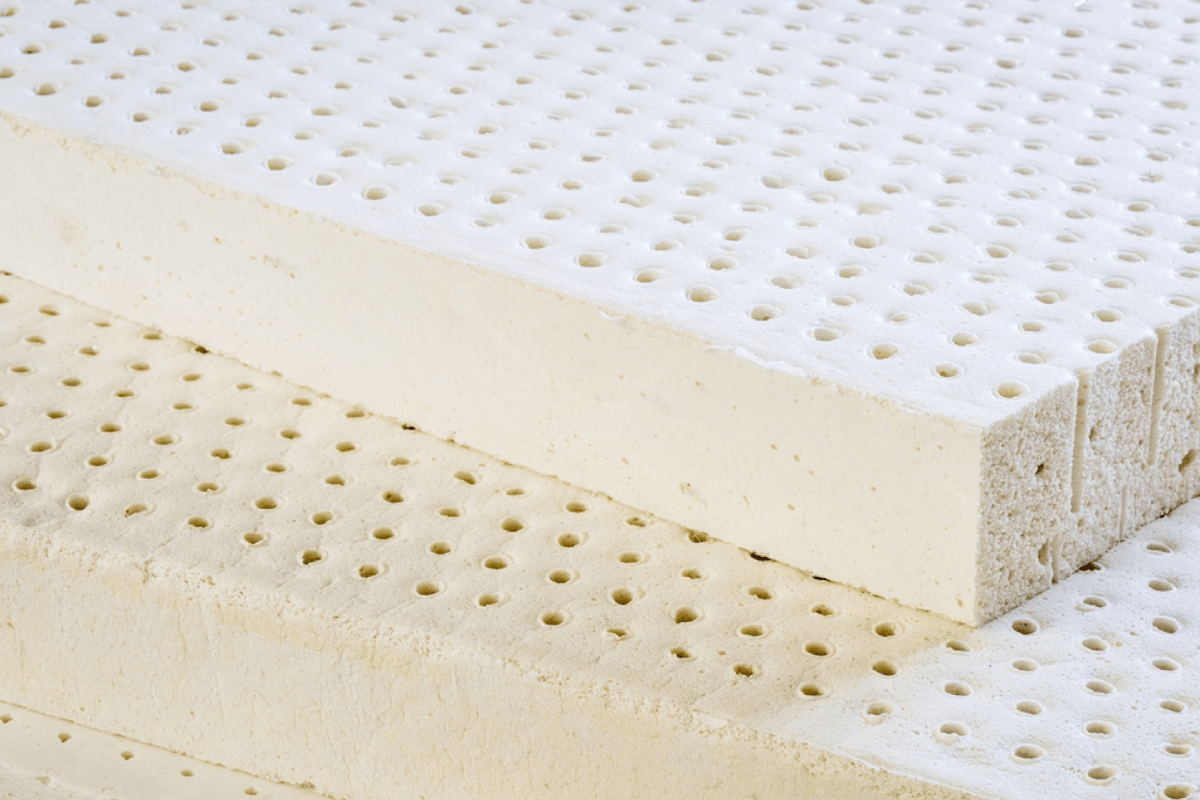
Organic Latex Mattress Pros And Cons
An organic latex mattress is made from natural materials that are safe for health. It can last up to 15–20 years, which is longer than many standard beds. It also resists dust mites and mold, making it a clean and reliable option. Another advantage is its ability to regulate temperature, keeping sleepers comfortable in different seasons. The material gives strong support and helps relieve pressure on the body. This can be especially helpful for people with back or joint pain.
On the downside, the mattress is heavy and not easy to move. The upfront cost is higher compared to regular beds. And for lighter sleepers, the surface may feel too firm unless paired with a softer top layer.
Final Thoughts
An organic latex mattress gives a healthier way to sleep. It’s made from natural materials, so people don’t have to worry about breathing in chemicals at night. It also provides steady comfort and support that holds up over time. While the price is higher than regular mattresses, it can last for 15 to 20 years. That kind of durability helps balance the cost. And knowing the surface is safe and certified organic helps people feel more at ease.
For those with allergies or sensitive skin, it can be a better option. The clean design lowers the risk of irritation and helps create more restful sleep. It’s a straightforward choice for anyone wanting a safer bed.


